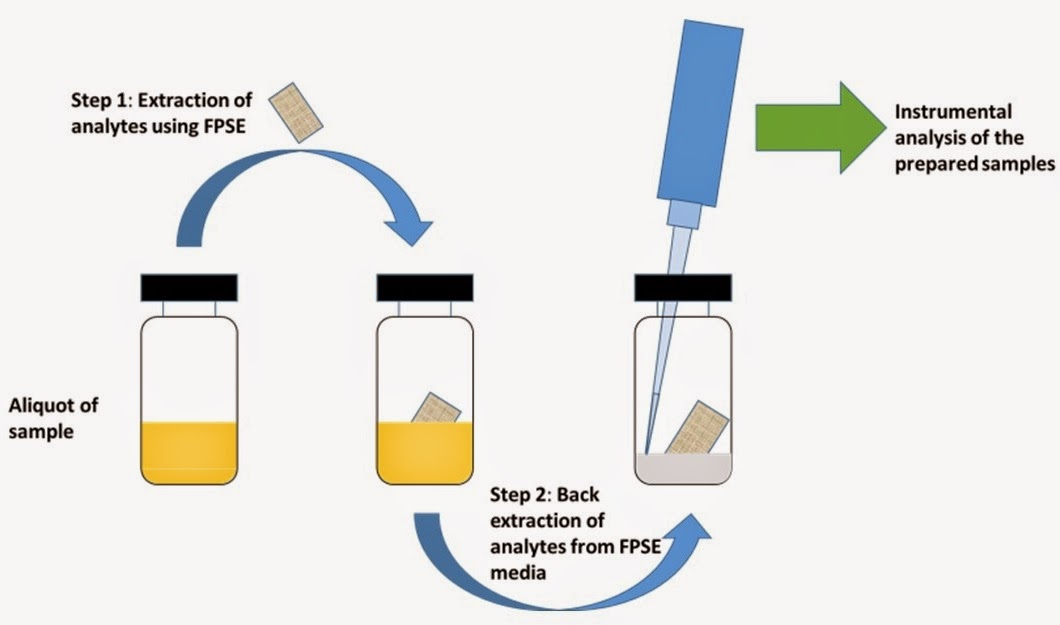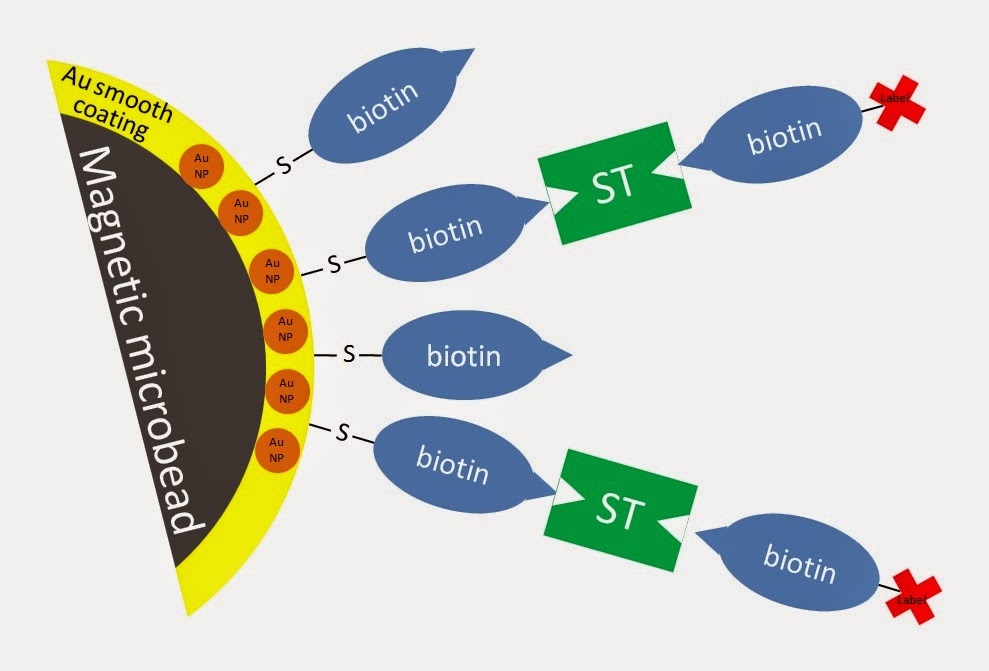Liquid extraction surface analysis to study drug distribution in brain
Information
about drug distribution after intake in a certain tissue is of relevance as it
provides useful information for the development of novel medicines. Conventional
homogenization methods are not applicable in this context as they provide a
qualitative information about the drug present in the analyzed samples.
However, data about the spatial distribution and the ability of the drug to
cross the cellular barrier is usually missing. To overcome this drawback,
Swales and coworkers have studied the drug distribution in brain tissue using
liquid extraction surface analysis combined to mass spectrometry (LESA-MS). LESA-MS
is a surface sampling technique that combines liquid extraction from the
surface of tissue sections with mass spectrometry.
The authors
use mass spectrometric imaging (MSI) to build an image of xenobiotic and
endogenous compound distribution to asses drug brain barrier penetration.
LESA-MSI was useful to obtain the map distribution of poorly penetrative
compounds in contrast to MALDI-MSI which was most appropriate to obtain the
distribution of penetrative compounds. Therefore, both techniques should be
jointly used to obtain a complete profile of drug distribution.
This
research opens a door in this application field where, as it is said by the
authors, there is still too much work to be done.
References
(1) Mapping
Drug Distribution in Brain Tissue Using Liquid Extraction Surface Analysis Mass
Spectrometry Imaging. Link to the article
Related
posts
(1) Mass
spectrometric analysis of surfaces by electro-focusing liquid extractive
surface analysis. Link to the post



Comments
Post a Comment